#edible food garden
Text
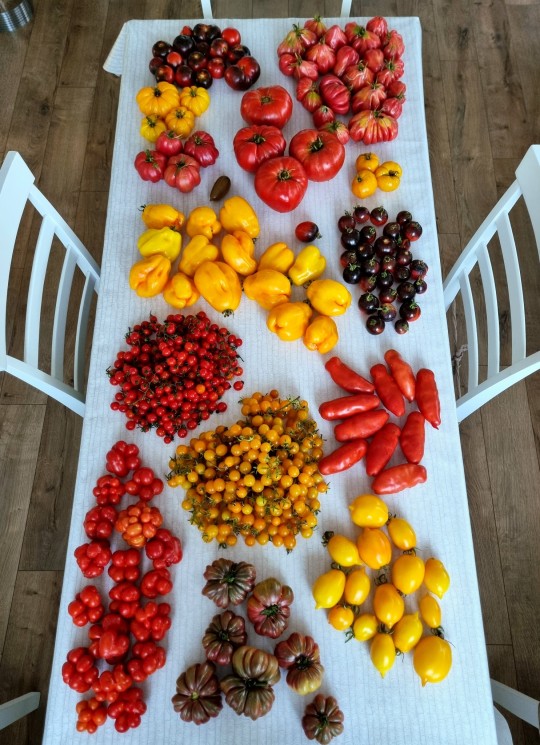
Another weekend, another tomato harvest.
#smaller this time#we're getting close to the end of the season#heirloom tomatoes#tomatoes#harvest#home garden#gardeners on tumblr#grow your own food#gardenblr#edible gardening#garden#gardenblog#gardening#gardencore
3K notes
·
View notes
Text
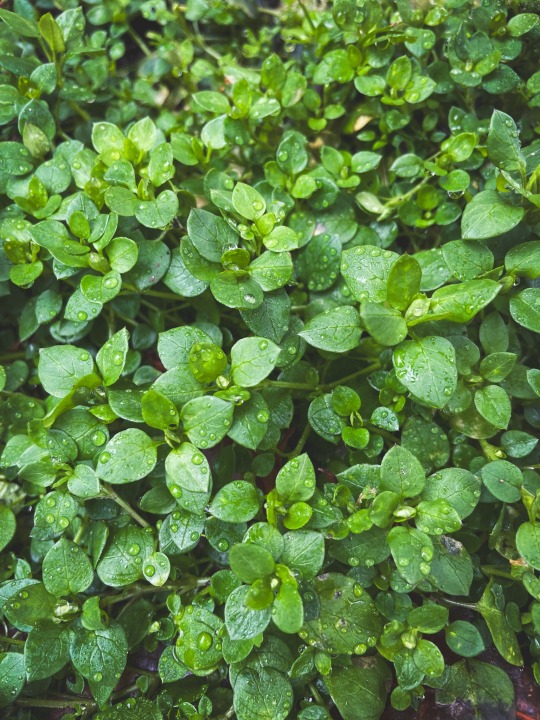
Stellaria media, or chickweed, is often considered a nuisance or just something to throw to the chickens when found outside of its native habitat (Eurasia).
WELL I’m here to tell you that you are missing out on this actually delicious plant. It’s one of my favorite spring greens to eat raw. I pile it on top of sandwiches and use it in salads. It tastes like oak leaf lettuce with a dash of sweetness similar to corn.
Think about this FREE salad ingredient next time you’re looking at a $3 bag of wilty spring mix
#stellaria media#chickweed#plantblr#eat the weeds#foraging#edible plants#you can find it in gardens and farmland most often#or any disturbed soil with some richness going on#i took this photo yesterday morning so she's OUT THERE#at least in the northeastern us#caryophyllaceae#food plants#los plantalones#farmland
242 notes
·
View notes
Text
I desperately need more botany/gardening/solarpunk/foraging posts that aren’t so fucking American-centric
“European plants are invasive” okay, in America— but which ones are invasive HERE, like are Spanish species invasive to England? Are French plants invasive to England??
#we’re a fucking island but we’re also in Europe and I need more shit about wildflowers or invasive species or edible foraging plants in UK#wild flowers#wildflowers#england#scotland#ireland#wales#including those three too cause it’s probably a very similar issue#I mean maybe I’m just not looking in the right places but everything I ever come across is American or Canadian#UK#solarpunk#botany#foraging#foragecore#foraged food#🪲#botanic garden#garden design
255 notes
·
View notes
Text

If you ever wondered how many needles a mature larch drops, please know that not only is this not all of this years drop, it’s not even most of it.
When we first moved to Rhombus House I was a little disappointed because we had such a big old tree but it wasn’t something that produced fruits, syrup, nuts or flowers, or even especially striking fall foliage.
Now I see what I gift this century old tree is. The larch needles are spectacular mulch. It breaks down into lovely rich (if acidic) soil. The best soil we have by FAR is right under the larch.
I know I’m always preaching not raking up yard waste- but in this case I’m piling it up where it can still provide several inches of critter habitat, and break down to fertilize my grapes, blueberries, etc.
#rhombus house garden#gardening#cottage gardening#urban gardening#food gardening#permaculture#edible gardening#gardenblr
105 notes
·
View notes
Text

4/26/24 - Jalapeño update!
#jalapeno pepper#growing peppers#pepper garden#gardening blog#edible gardening#indoor garden#sustainable gardening#container gardening#vegetable gardening#starting seeds#growing food#plant life#plant mom#veganuary#homesteading
30 notes
·
View notes
Text
I am so excited about legumes this year. So. Excited.
I'm doing three new kinds:

The Beefy Resilient Grex, edible lupines(!), and cowpeas that are supposed to do well here. Just look at them! So cool!
I love legumes. Edible lupines!!!
#gardening#grow your own food#beans!!!#organic gardening#omg beans!#vegetable gardening#edible gardening
19 notes
·
View notes
Text
Good afternoon everyone! Today I decided I was gonna try something new.
🌟🌟 Before proceeding any further, if your unfamilair with a plants edability and want to eat it? RESEARCH IT! 🌟🌟
RESEARCH, RESEARCH,RESEARCH
🌟Do Not Eat Plants You are not confident are edible
🌟 check at least 2 sources ( ag or permaculture extension or a relatively knowledgeable individual, book or online source)
🌟 when researching always check out potential health risks as well as proper cooking/cleaning and point of picking.
🌟always do small tests of eating with allergy protocols.
🌟🌟Thank you for reading the warning before proceeding :) 🌟🌟
Nasturtium leaves!
Now I've eaten the flowers before in salads and as omlette toppings, but I haven't eaten anything else of the plant. So today I decided to give it a go.

This is todays harvest spot. Most the time when ive trimmed nasturtium before it's been to feed the chickens some extra greens and tonuse less purchased grains. (I'll actually still be harvesting a bit more today for them, I was just on a time budget)

My scale wouldn't weigh this, but after cleaning and separating

Flowers (buds) and seeds separated.
The seeds, according to most of the internet search I've found says they can be pickled like capers. Or dried, ground and used as seasonings. After chicken harvest I'll figure out if I'll be drying or pickling them.
The flowers, I'll likely wash and use to top breakfast omlettes or mix in a salad.
The stems, Ive got about 3/4 of a gallon ziplock bag of them. I want to make a sort of spicy sauce to toss w/them for trying them.
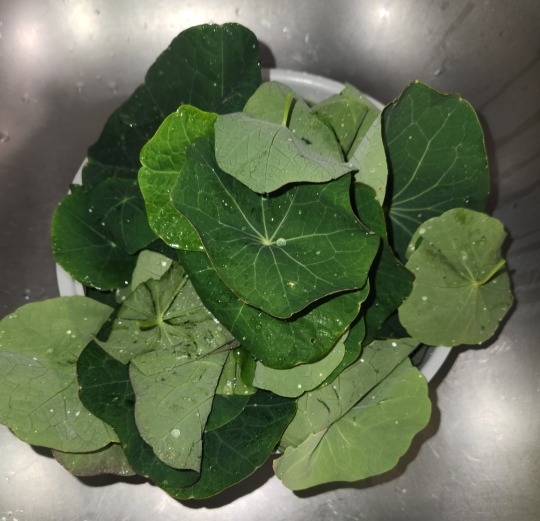
The leaves I took half of them and chopped them (the other half I haven't fully decided its fate)
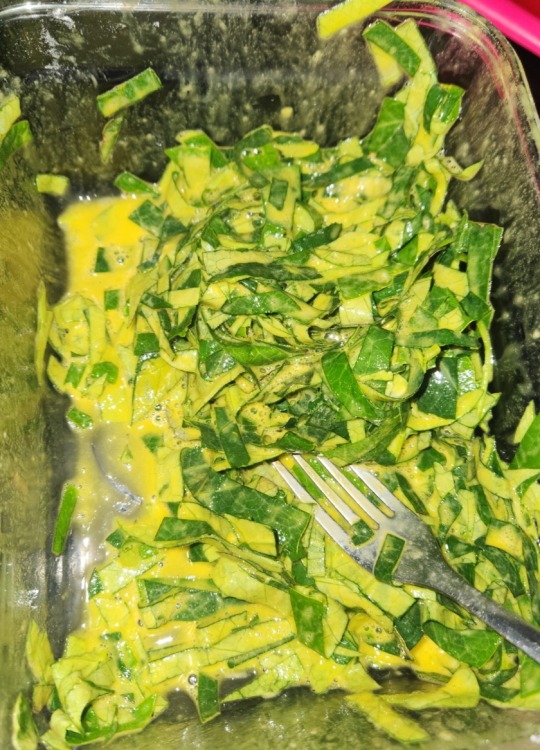
Mixed with some eggs and flour before pan frying in a little butter.

To make this :) simple veggie fritter.
Flavor wise the leaves are pretty bland in this dish. It does remind me a bit of spinich, so I don't have issues eating it again. (Just season it up a bit more.)
The rest of the leaves I may just steam or blanch and mix with a little sea salt to flavor it.
At this time, I think I shall continue adding nasturtium to the garden, but probably for more than just the pretty appeal/ground cover and potential critter meals they provide. I may find another spot for a second patch in rotation though.
That's it for now
🌱🌻Happy Homesteading and Cooking 🌻🌱
3.28.2024
#homesteading#self sufficient living#thestudentfarmer#studentfarmer#self sufficiency#food#garden#gardening#low waste#chickens#edible flowers#healthy eating#urban homesteading#harvest what you eat#right to grow#grow what you eat#grow what you can#eating in season#home cooking#sustainability#urban biodiversity#urban green spaces#urban gardening#urban farming#how to cook nasturtium#nasturtium#nasturtium leaves#nasturtium flowers#nasturtium vine#edible landscaping
12 notes
·
View notes
Text
youtube
I thought I'd use Solarpunk Action Week as an excuse to start reducing our diet's reliance on the top four of the ten staple crops--maize, rice, wheat, potatoes, cassava, soybeans, sweet potatoes, yams, sorghum, and plantain--that humanity is overly reliant upon.
I cooked up some amaranth to go with a lentil-tomato-feta salad and braised collard greens. The little pile of nutty amaranth was viewed initially with skepticism, but the ultimate verdict was two thumbs up.
In the future, I'll try to set aside one or two days a week where we eat amaranth or quinoa instead of rice, wheat, potatoes, or even sweet potatoes as our carb.
-Christina
#solarpunk#Solarpunk Presents Podcast#podcast#podcasting#amaranth#diversify your diet#beluga lentils#lentil-tomato-feta salad#collard greens#cooking#dinner ideas#solarpunk diet#quinoa#staple crops#carbohydrates#carbs#rice#wheat#potatoes#sweet potatoes#ancient grains#solarpunk action week#SPAW#garden fresh eating#food from the garden#edible plants#diversity of the human diet#agriculture#climate change#agriculture in a time of climate change
9 notes
·
View notes
Text




dewberries/wild blackberries (Rubus)
these are a lovely plant that pops up in forest edges and clearings, where their woody branches ramble around the ground to reach the sunlight and bloom like this every spring - they look like little galaxies :3 theyre rlly wild little plants that grow SO fast and their vines always seem to be tangled up with everything else in these places
the flowers are always attracting bees and other pollinators- i saw honeybees, mud daubers and hoverflies on these today. and when theyre pollinated they grow into lovely little berries, just like a smaller version of the blackberries you can get at a supermarket, more sour and flavorful but no less sweet. just be careful of the thorns when you pick them!! they can give u some nasty splinters if youre not- honestly so worth it tho. if you find a good spot to pick them and you freeze them after you can easily get enough for the rest of the year and still leave plenty for the birds too (also they are so good in ice cream!!!)
its pretty much impossible to identify the species bc theres so many native ones plus all the exotic species/cultivars and they all hybridize freely with each other- its so difficult to say what it is but thank goodness it doesnt matter all that much T.T every single member of their genus is delicious so dw
btw. theyre super easy to propagate around this time of year when their little shoots pop up out of the ground a couple feet away from the main plant. v convenient to divide them and add to ur garden before they get mowed or smth. just saying. they will spread so keep that in mind (its not a bad thing if they do :P)
#gardening#plants#flowers#native plants#nature#spring#edible plants#blackberries#fruit#berries#foraging#springtime#garden#wildflowers#food
14 notes
·
View notes
Text
How to Identify Trailing Blackberry
Originally posted on my website at https://rebeccalexa.com/how-to-identify-trailing-blackberry/. Click here to learn more about the How to Identify article series.
Name: Trailing blackberry (Rubus ursinus), also known as California blackberry, Pacific blackberry, Pacific dewberry, and a number of other common names.
Range and typical habitat(s): West coast of North America from southern British Columbia to northern Baja California, east to the Cascade mountains, and scattered through the Rocky Mountains in Idaho, Washington, and Montana.
Distinguishing physical characteristics (size, colors, overall shapes, detail shapes): Summer is here, and that means blackberries are ripening on the vine! Here in the Pacific Northwest where I live we have multiple species, all featuring delectable, juicy berries, but only one is native. The trailing blackberry distinguishes itself through a slender, biennial vine, pale green to bluish-purple in color, with tiny thorns all along its length. (Be careful when handling this vine, as the thorns easily detach and become embedded in your skin!) Some vines may exceed six feet in length, and each plant may produce several of these from a central perennial root system.
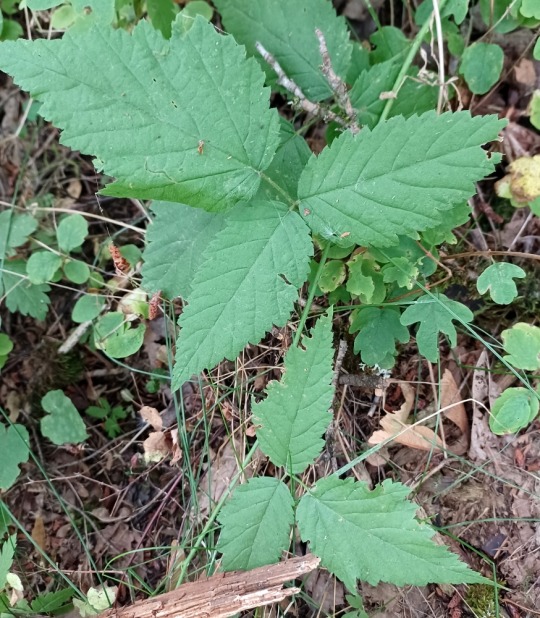
The leaves of trailing blackberry generally have three leaflets, though one or five may occasionally be seen, and they are dark green above with a pale green to white underside. Each leaflet is oval in shape with a pointed tip and a deeply serrated edge that has larger serrations interspersed with groups of smaller, finer serrations, and generally will not reach more than about four inches in length. This species is deciduous, and loses its leaves over winter before growing new foliage in the spring.

First-year vines are not fertile; they will not produce flowers until their second year, after which they die. Like many other Rubus species, it has a flower with five white petals that rarely exceeds an inch in diameter, and the petals are particularly slender compared to others in the genus. The center is pale green to yellow with several dozen anthers on the flowers of male plants. Female plants, of course, are the only ones to bear small berries about 3/4″ or so long at the largest, which start out green, darken to red, and finally ripen at a deep purple to black. While smaller than commercially available blackberries, they are quite sweet and flavorful when ripe. Technically they are not true berries, but are instead composites of several tiny round drupelets each with its own seed, which is typical of Rubus fruit.
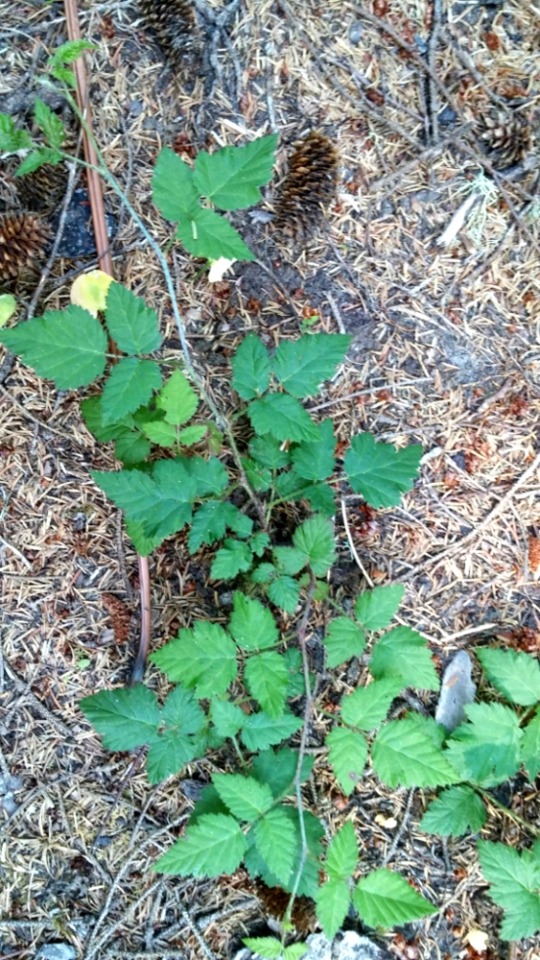
Trailing blackberry can grow quite quickly, and although it may clamber over other plants it generally does not out-compete them to the point of becoming a monoculture. It is also a quite hardy plant and can colonize disturbed ground with ease as long as there is plenty of sunlight. The vines can become a bit of a tripping hazard in places with high foot traffic, but are easily trimmed back without killing the entire plant. In addition to seeds, trailing blackberry can also grow colonies of clones wherever its vine touches the ground.
Other organisms it could be confused with and how to tell the difference:
In its native range, trailing blackberry is a rather unique little plant. It may occasionally be confused with the invasive Himalayan blackberry (Rubus armeniacus). However, the latter grows on large, thick canes up to thirty feet long that can grow tall and arch over, and which create massive thickets that choke out any other plant life. The leaves of Himalayan blackberry are also larger and rounder–up to eight inches long–and more typically have five palmately compound leaflets instead of three, though three leaflets may sometimes be seen. The flowers have rounder petals, and the berries are much larger, sometimes exceeding an inch in length.

Cutleaf or evergreen blackberry (Rubus laciniatus) is another invasive species found within trailing blackberry’s range. Like Himalayan, the cutleaf species also grows thick, long canes. It is mainly distinguished by its leaves, which have three leaflets that are deeply serrated/toothed and have a jagged appearance–hence the name “cutleaf.”

Black or whitebark raspberry (Rubus leucodermis) has berries which superficially look like those of trailing blackberry. However, once again the canes of this species are thicker and woodier than the trailing vines, and they have a distinctive white to pale purple glaucous coloration. The leaflets are larger than those of trailing blackberry, with first-year leaves having five pinnate leaflets, and second-year having three. The berries are larger and rounder, generally not exceeding 1/2″ in diameter. The overall appearance of the plant is of a taller, more upright shrub than a series of vines trailing over ground and other surfaces.

Anything else worth mentioning? Like other Rubus species, the berries of trailing blackberry are edible, and the leaves may be made into tea. If cultivating this species in your native plant garden, be aware it grows quite quickly, though it can be trained up a trellis with some effort.
Further reading:
Rubus ursinus – Trailing Blackberry
Rubus ursinus – Trailing blackberry; Dewberry; Pacific blackberry
Trailing Blackberry – Rosales Rosaceae Rubus ursinus
Trailing Pacific Blackberry
Did you enjoy this post? Consider taking one of my online foraging and natural history classes or hiring me for a guided nature tour, checking out my other articles, or picking up a paperback or ebook I’ve written! You can even buy me a coffee here!
#blackberries#berries#foraging#plant foraging#edible wild foods#plants#gardening#native plants#invasive species#invasive plants#Pacific Northwest#PNW#food#plant identification#nature identification
32 notes
·
View notes
Text

Reds from the berry garden.
#berries#gardeners on tumblr#grow your own food#gardenblr#edible gardening#garden#gardenblog#gardening#gardencore#berry garden
785 notes
·
View notes
Text



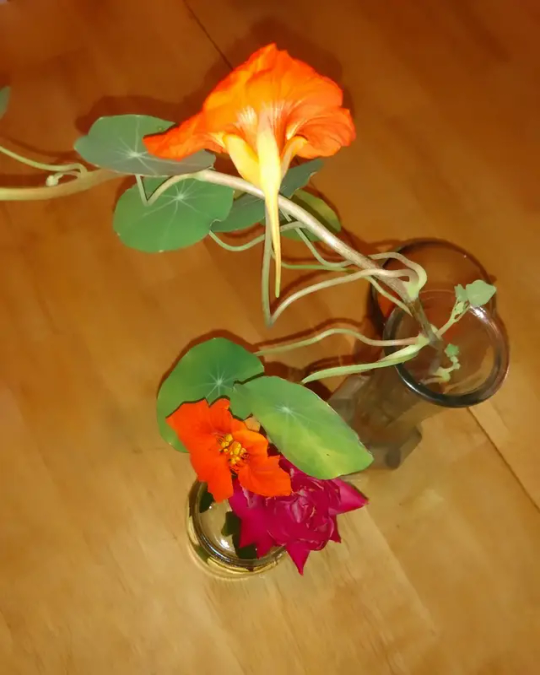
nasturtiums 🌺
by charliefitzgeraldart
12 notes
·
View notes
Text
Finally managed to get my straw substrate sterilised in the microwave and innoculated with blue-grey oyster mushroom spawn.
Hopefully this method is effective, because it was pleasantly quick and simple compared to every other sterilisation method I’ve tried!
I’ve used two different containers to see which is more effective - one plastic mushroom container (thoroughly washed ofc) in a compostable doggy bag to help keep the substrate moist, and one (thoroughly washed) plastic milk bottle with holes punched in the side for fruiting bodies to grow through.
They’re in my bedroom cupboard atm which is dark and warm, and I will be spritzing with warm water regularly to keep them moist. Fingers crossed!
#urban gardening#urban food growing#a queer crip grows#edible mushrooms#blue grey oyster mushrooms#oyster mushrooms#inside gardening#disabled gardener
12 notes
·
View notes
Text






In my garden: I'm starting to rest the beds for winter and I just put in potatoes. I've been waiting for potato growing season for months. I also made vegetable fried rice with most of the veg coming from the garden.
I got fresh rhubarb and lemon to make dessert and the bees are back since my lavender flowered.
#gardening#vegetable gardening#vegetable garden#fruit#vegetables#home grown#food#edible gardening#edible garden#personal#morgan grows things#iam
2 notes
·
View notes
Text
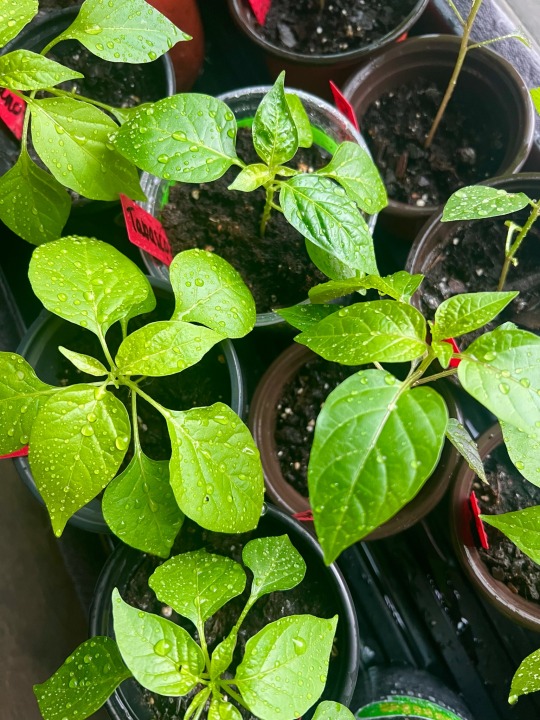
5/4/24 ~ letting the bebes get some fresh rain 🌧️ 🌱
#indoor garden#sustainable gardening#container gardening#vegetable gardening#starting seeds#growing food#plant life#plant mom#veganuary#homesteading#grow food not lawns#edible gardening#grow food#gardening tips#gardening 101#organic gardening
18 notes
·
View notes
Text

a few feverfew.
#feverfew flowers#edible flowers#food not lawns#home garden#homesteading#herbalmedicine#herbalism#herbalist#yellow#yellow flowers#flower pressing
2 notes
·
View notes